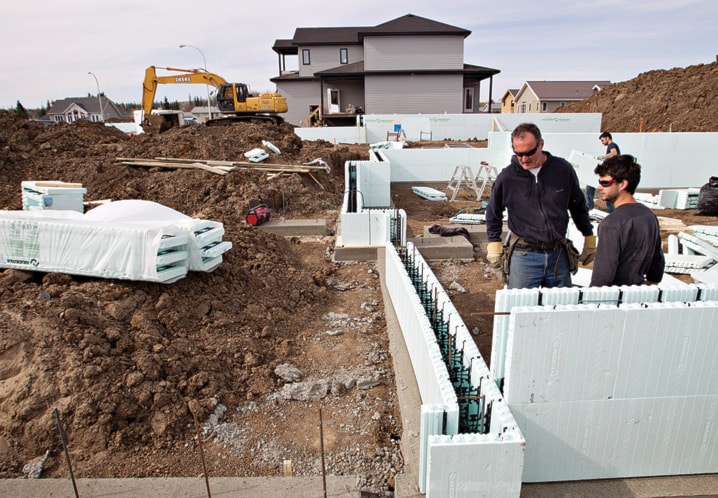SLAVE LAKE — The smell of smoke makes Michelle Malbeuf nervous.
Her heart starts racing and she has to remind herself not to panic.
Once a week, the familiar scent stings her nostrils as firefighters deliberately burn hazardous areas of dry grass in and around the northern Alberta town of Slave Lake.
It’s a routine measure to prevent forest fires but, ironically, stokes fear among many residents.
It reminds them of the out-of-control blaze that wiped out a third of their community one year ago. They recall how, with little warning, they fled the flames and returned to find that if they hadn’t lost everything, someone they knew had.
Nearly 400 homes, apartment buildings and businesses were reduced to rubble. It levelled the town’s new government building, including the library, as well as three churches and a radio station. Damage was pegged at $700 million, which insurance adjusters say ranks it the second-costliest disaster in the country next to the 1998 Quebec ice storm.
Hundreds are still living in temporary trailers, some are fighting with insurance companies and some are waiting for builders to start digging. Others lucky enough to move into their new homes, such as Malbeuf, are still trying to heal.
“People keep telling us this year and the next are going to be the hard years. It’s like, really?” Malbeuf says. “It’s stages you have to go through. It’s never going to be easy.”
Malbeuf and others say they plan to avoid events planned for the May 15 anniversary of the fire. But many have signed up for neighbourhood barbecues and bought tickets for concerts organized to honour their spirit and resilience.
It’s a mix of emotions, reflected in the community’s new landscape.
The town is nestled along the sandy beaches of Lesser Slave Lake, where rolling prairie gives way to thick forest. Just as the fire jumped from street to street, destroying a home but leaving a truck untouched in the driveway, shiny new homes are popping up in patches next to dirt lots where construction workers have yet to start digging.
About 21 homes have been rebuilt and construction permits have been issued for another 200. Many of those waiting for homes are living in bleak new neighbourhoods made up of rows of box-like trailers.
It’s a town that doesn’t look the same. And every day people remember why.
That’s why the Canadian Red Cross has been sending out pamphlets to residents, reminding them that the first anniversary of the fire may be stressful.
It’s another milestone, like last Thanksgiving, when many who had lost their homes couldn’t bring themselves to cook turkey dinners in their trailers. And Christmas, when those who had lost precious family ornaments in the fire didn’t bother putting up trees.
The Red Cross calls it “anniversary syndrome.” Its symptoms consist of headaches, stomach trouble and difficulty sleeping. Children may also act out or be clingy.
They are normal reactions, says Kristy Harcourt, a violence prevention worker with the Red Cross who has spent the past year helping people in Slave Lake.
She suggests residents be gentle with themselves, talk about their feelings with others and reach out for counselling if necessary. “I don’t think anybody needs to get over it. I think they need to work through it.”
Ray Marcoux gets upset when he sees pictures taken after the fire, but he says he’s trying to move on. Workers are to start building his new home later this summer.
“I’m thinking of the house we’re going to build and I don’t let the past bother me too much.”
Mayor Karina Pillay-Kinnee hopes the town will never have to combat a fire of that magnitude again. She says strong winds whipped the fire into a frenzy, like it was “falling from the sky.”
But the region is very dry again this season, and the threat level in the region is listed as extreme. There have already been a handful of fires in the area.
Pillay-Kinnee is confident the town is better prepared this time around. Residents can get evacuation alerts by Twitter, Facebook and the town’s website.
And should the radio station burn down again, it now has three other transmitter locations so it can keep sending out news.
The volunteer fire department also has added more equipment, more training and more bodies. Several people, some who lost their homes, were inspired to join up after the fire, she says.
“It’s been a tough year,” Pillay-Kinnee says.
“There’s people that are thankful and grateful for the hard work and how far we’ve come. And then there’s people that are struggling still.
“At the same time, we’re tired. It’s a long haul. We know there’s a lot more work to be done.”
